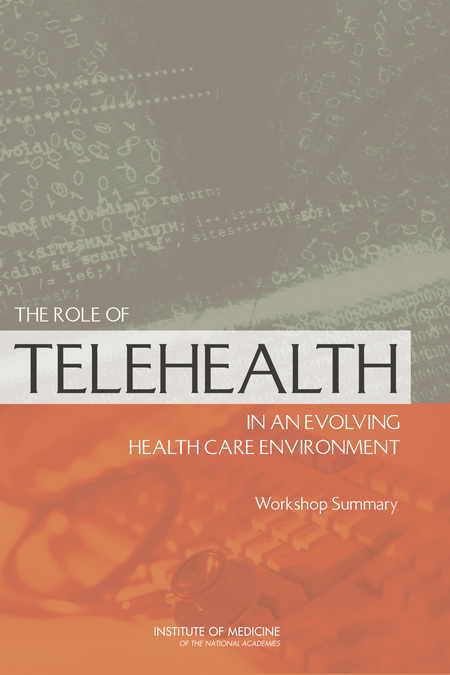AMC Health’s, of AMC Health, technology platform gives clinicians access to real-time, clinically actionable information to positively affect outcomes. We identify data points clinicians require to best manage their patients and facilitate patient self-care, locate the very best technologies in the marketplace that can provide that data in a cost effective manner and integrate them into our web portal. We recommend technology and tools that are based on the patient, not the disease. This patient-first approach enables more touch points with your patient and reliable collection of biometric data that can help provide an even higher level of care.
It will work with your existing system to make real-time information and reporting securely available to everyone who needs it and integrates with multiple types of monitors and third-party EMRs, providing a seamless flow of information. We currently integrate with several widely used EMRs, including McKesson Horizon®, Epic®, Thornberry®, Mysis®, as well as several proprietary applications. The web portal also contains all customer service data, e.g. enrollment campaigns, equipment installations and retrievals, etc. By providing access to clinical and service information, you will be able to better manage the populations you serve.
The AMC Health web portal was designed by clinicians for clinicians. It provides a single source of comprehensive information for a patient through diverse, real-time information (including biometric data, medication adherence data, self-reported symptomatic and behavioral data, and live data). Real-time monitoring supports detection of biometric trends and patterns of non-adherence over a brief period of time. AMC Health uses advanced technology in conjunction with best practices to ensure that your patients’ health information is captured accurately and consistently, in keeping with all HIPAA requirements and standards. Clinicians receive clinically actionable information to help them make better decisions. AMC Health’s robust technology platform effectively supports the CMS Triple Aim objectives of better care, better health and lower cost.
Why Telehealth?
- Empowers patients to improve their health
- Monitors patients between office visits and after hospital discharge
- Provides timely intervention to drive behavior modification
- Improves care management efficiency
- Meaningful and clinically actionable information fromthe patient’s home


